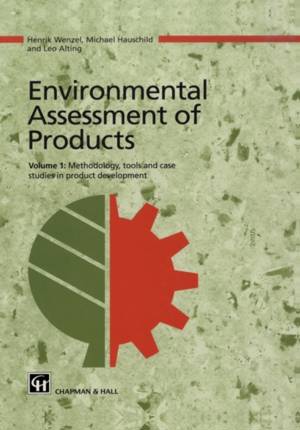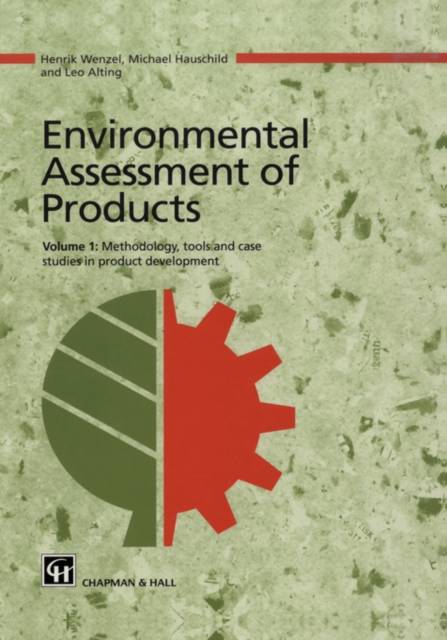
- Afhalen na 1 uur in een winkel met voorraad
- Gratis thuislevering in België vanaf € 30
- Ruim aanbod met 7 miljoen producten
- Afhalen na 1 uur in een winkel met voorraad
- Gratis thuislevering in België vanaf € 30
- Ruim aanbod met 7 miljoen producten
Zoeken
Environmental Assessment of Products
Volume 1 Methodology, Tools and Case Studies in Product Development
Henrik Wenzel, Michael Z Hauschild, L Alting
€ 251,45
+ 502 punten
Uitvoering
Omschrijving
The aim of this book is to support industry in their effort to design environ- mentally friendly products. The book comprises a method and a manual for life cycle assessment of products and it includes examples of how industrial companies have used the method succesfully in the design of more environ- mentally friendly products. The method has been developed over a period of four years under the Danish EDIP programme (Environmental Design of Industrial Products) by a team representing the Technical University of Denmark, five Danish industrial companies, the Confederation of Danish Industries and the Dan- ish Environmental Protection Agency. The method is coheherent and opera- tional and it is well documented by a large variety of examples including five different complex electromechanical products. It guides the user through the inventory and assessment of environmental impacts of products and shows how various products and design solutions during product development can be compared. The method is supported by a base of data for the assessments of environmental impacts and is thus designed as a tool which will make it possible for the user to start on life cycle assessment at once. The book also guides the user through the identification of environmental improvement potentials in the product and the setting of environmental specifications with- in the general concept of overall commercial optimization. The partnership between industry, authorities and university has been highly fruitful.
Specificaties
Betrokkenen
- Auteur(s):
- Uitgeverij:
Inhoud
- Aantal bladzijden:
- 543
- Taal:
- Engels
- Reeks:
- Reeksnummer:
- nr. 1
Eigenschappen
- Productcode (EAN):
- 9780412808005
- Verschijningsdatum:
- 30/09/1997
- Uitvoering:
- Hardcover
- Formaat:
- Genaaid
- Afmetingen:
- 200 mm x 254 mm
- Gewicht:
- 1124 g

Alleen bij Standaard Boekhandel
+ 502 punten op je klantenkaart van Standaard Boekhandel
Beoordelingen
We publiceren alleen reviews die voldoen aan de voorwaarden voor reviews. Bekijk onze voorwaarden voor reviews.








